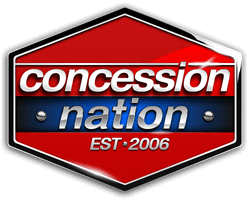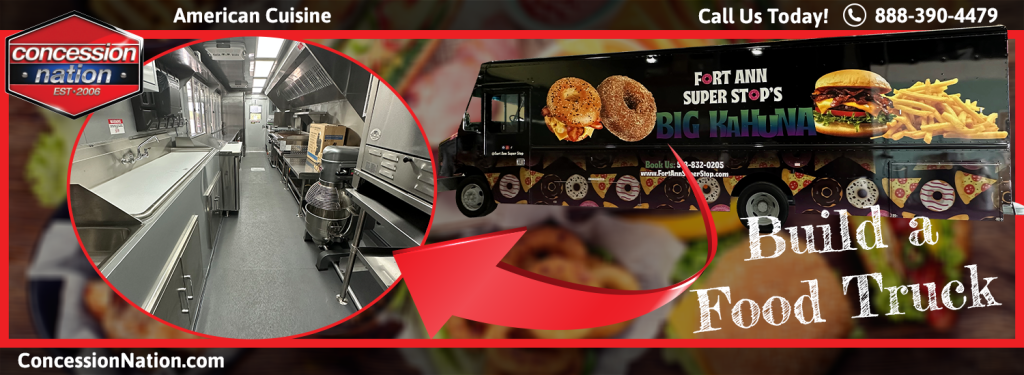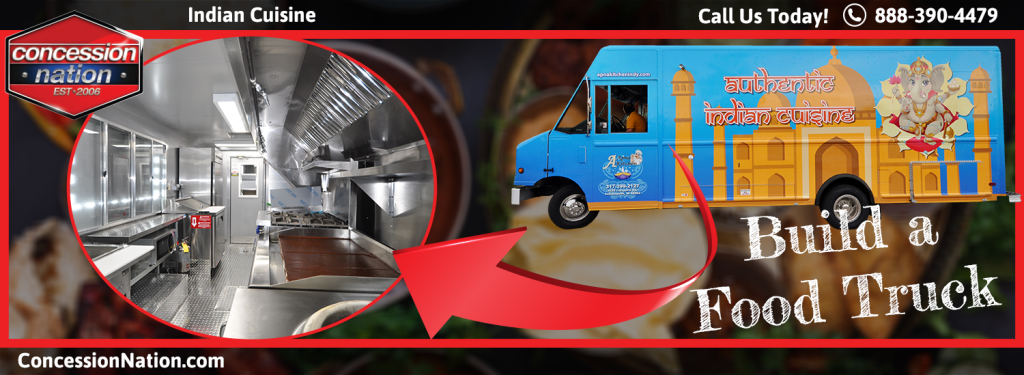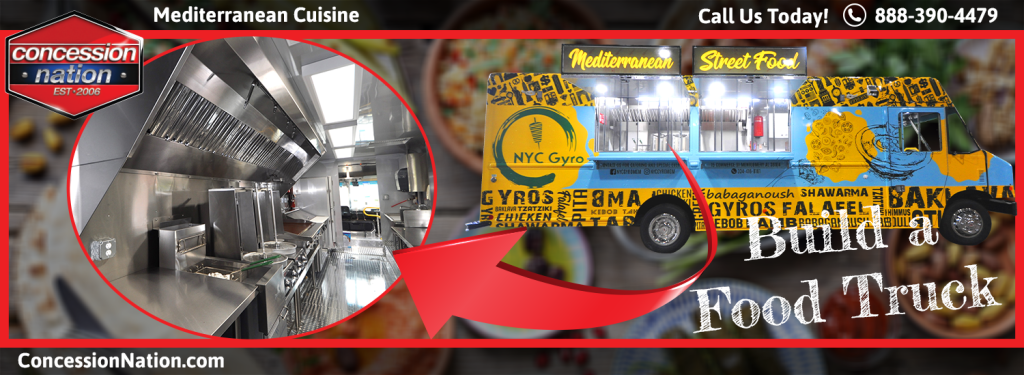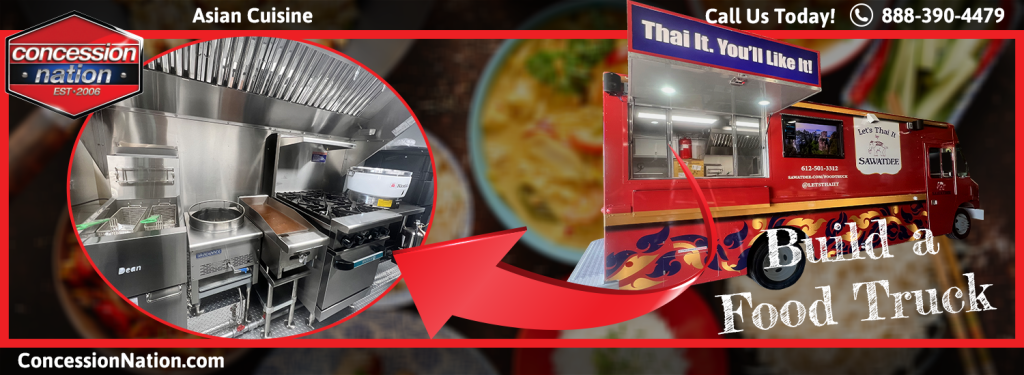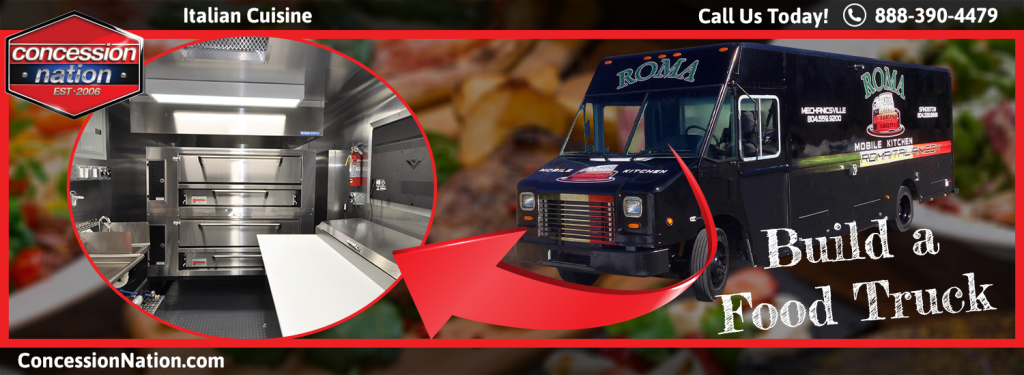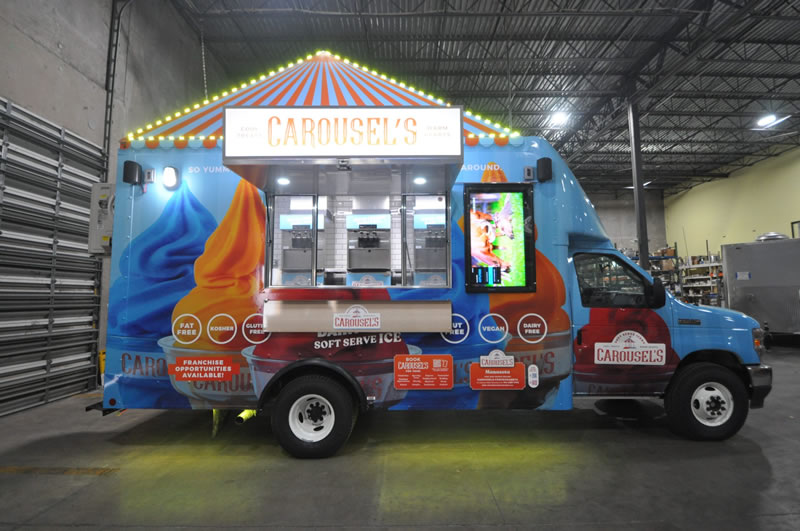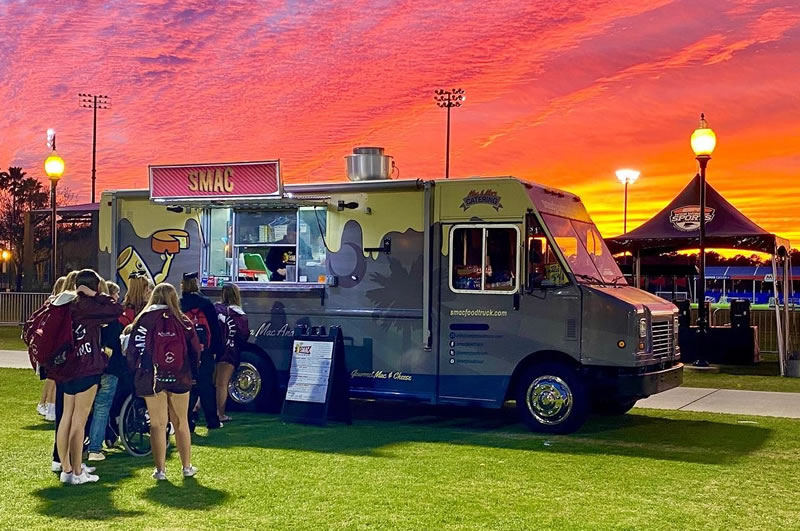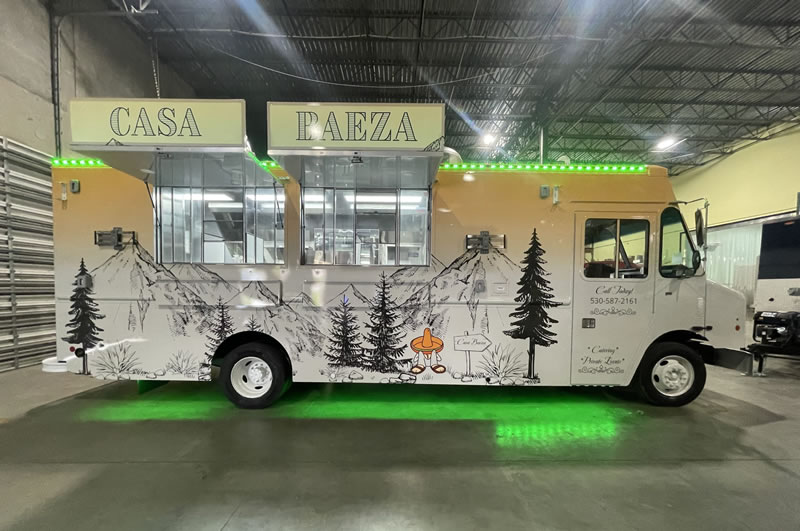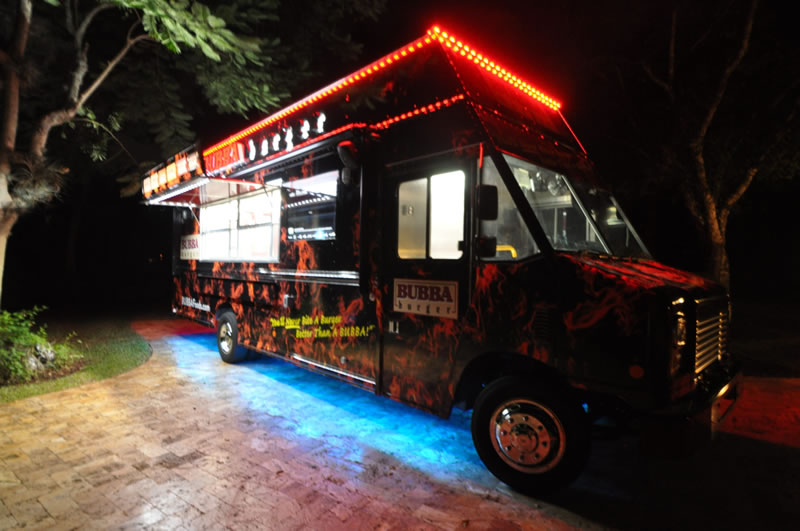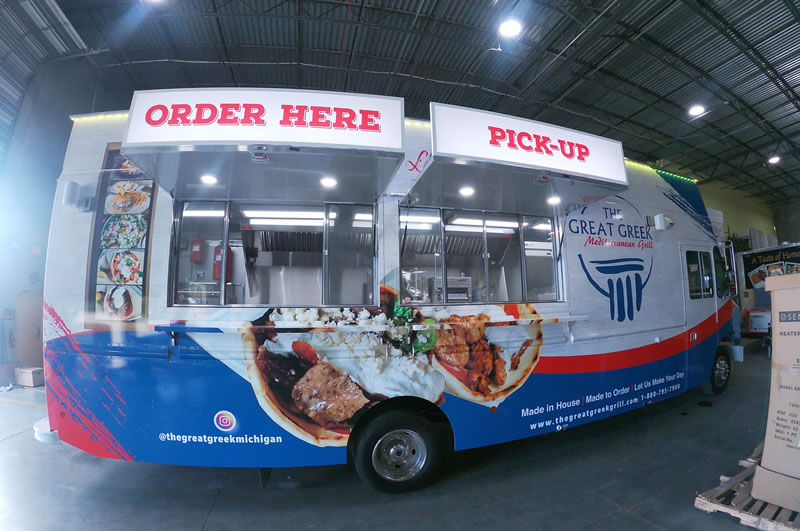Building a food truck involves several steps, from designing the layout to outfitting it with kitchen equipment. Here’s a general guide on how to build a food truck:
Concept and Planning:
Define your food truck concept, menu, and target audience.
Create a detailed business plan outlining your budget, expenses, and revenue projections.
Legal Requirements:
Register your business and obtain any necessary permits and licenses.
Check local health department regulations for food service and safety standards.
Consult with your local government to understand zoning laws and parking restrictions for food trucks.
Find a Truck:
Purchase a suitable vehicle, such as a step van or food truck, or retrofit an existing vehicle.
Ensure it’s mechanically sound and meets emissions and safety standards.
Design and Layout:
Create a functional layout that includes space for cooking, prep, storage, and serving.
Consider energy-efficient appliances and proper ventilation systems.
Plan for customer service areas, like a service window or counter.
Kitchen Equipment:
Install the necessary cooking appliances (oven, stovetop, grills, fryers, etc.).
Choose equipment that fits your menu and space constraints.
Ensure equipment is properly secured and meets safety codes.
Plumbing, Electrical and Propane Installation:
Install plumbing for sinks, water supply, and wastewater disposal.
Set up electrical systems to power appliances, lighting, and outlets. Run propane lines and connections, test and certified that it is not leaking. You must hire a professional food truck builder like Concession Nation to do these.
Insulation and Interior:
Insulate the interior to maintain proper temperatures for food storage and cooking. Choose durable, easy-to-clean materials for walls, floors, and ceilings.
Exterior Aesthetics:
Design an eye-catching exterior that reflects your brand and menu. Full custom wrap will get your food truck looking spectacular.
Safety Features:
Install fire suppression systems, smoke detectors, and fire extinguishers for safety. Ensure compliance with safety standards for gas lines and electrical systems.
Storage and Organization:
Create adequate storage for ingredients, utensils, and supplies.
Implement a system for inventory management.
Testing and Inspection:
Conduct thorough testing of all electrical, propane and plumbing systems. Concession Nation will ensure this through their quality control procedures and inspections, so you can have successful health department inspection and provide all requested certifications.
Training and Staffing:
Hire and train your staff on food preparation, safety, and customer service.
Launch and Marketing:
Plan a grand opening or launch event to attract customers.
Develop a marketing strategy, including social media and local advertising.
Operations and Maintenance:
Develop a schedule for regular maintenance and cleaning of the truck and equipment. Keep detailed financial records and track expenses and revenue.
Building a food truck can be a complex process that requires expertise in various areas. Consider consulting with professionals in fields like Concession Nation for food truck design, kitchen layout, legal compliance, and food truck safety.
